Gallery Portrait
Galerie Barbara Weiss
Philipp Hindahl, 2023
The art world of post-reunification Berlin went through different phases of boom and bust, of renewal and reinvention, and people love to talk about the mystical nineties, which were the starting point for so much that shapes the city to this day. Galerie Barbara Weiss has been there for most of it, and beyond. When Weiss was in her early thirties, she founded the gallery in her apartment in Schöneberg, where she staged one of the first presentation of Larry Clark’s work in Germany—which seems like a bold move at the time, before Clark’s film Kids (1995) made the photographer a household name. The gloomy and strangely beautiful black-and-white photos of drug addiction and teenage abandon seem all the more bold in a gallery that would become known for its ambitious and, some would say, cerebral programming. But perhaps risk-taking has been part of the endeavour from the beginning.
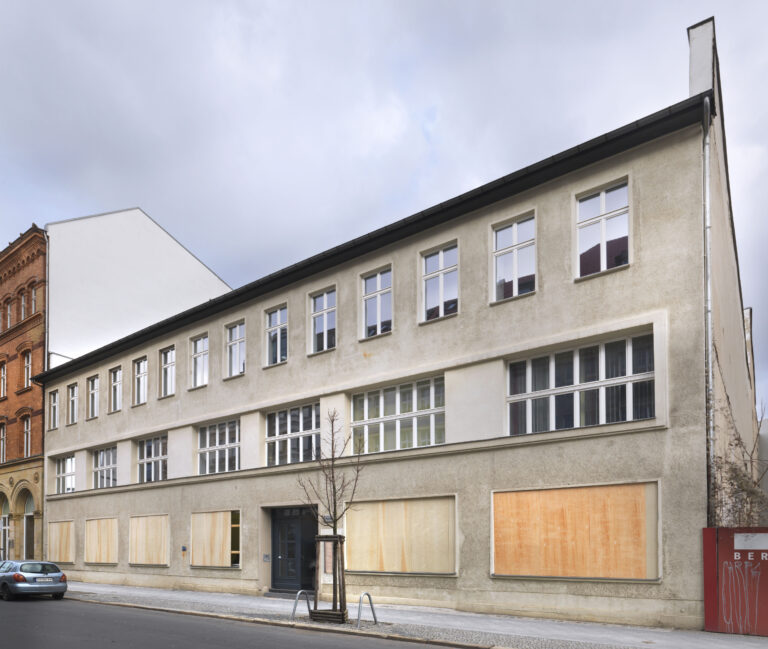
Installation view, Maria Eichhorn: Zimmerstraße 88/89, 10117 Berlin, Galerie Barbara Weiss, Berlin, 2023. Courtesy of the the artist and Galerie Barbara Weiss, Berlin. Photo: Jens Ziehe
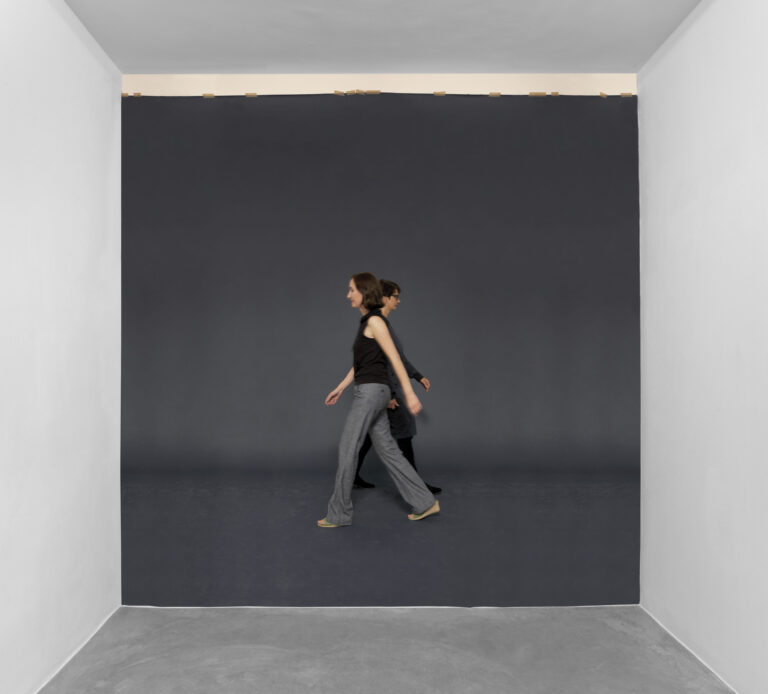
Installation view, Maria Eichhorn: Zimmerstraße 88/89, 10117 Berlin, Galerie Barbara Weiss, Berlin, 2023. Courtesy of the the artist and Galerie Barbara Weiss, Berlin. Photo: Jens Ziehe
Eventually, the gallery moved to Zimmerstraße, close to Checkpoint Charlie where the former East and West were stitched together. Tourists swarm the area now, but not long ago, it was a preferred spot for galleries. Weiss set up shop in the duplex space, until she moved to the Landwehrkanal in 2011, where Kreuzberg and Neukölln meet.
The gallery’s program then and now puts an emphasis on conceptual practices, and on the the many ways artists consider their work to be political. Emblematic perhaps is Maria Eichhorn. The artist, who has been with the gallery since the beginning and represented Germany at last year’s Venice Biennial, has exhibited in all three spaces. When the gallery left Zimmerstraße in 2011, just before its twentieth anniversary, she was the last one to show in the old place: Zimmerstraße 88/89, 10117 Berlin, ran the title of the exhibition. The artist boarded up the windows of the ground-floor space, and placed a broom in it—you clean up before you leave. A photo shows artist and dealer overlaid, in mid stride, walking in opposite directions, dynamic but united.
Experimentation and the ambiguity of new beginnings became less prevalent in Berlin, and the myth of the open city faded. But Weiss, who was part of the first generation to migrate here in the last decade of the old century, stayed. The first decade of the new century saw a wave of euphoria for the art market, which also transformed Berlin.
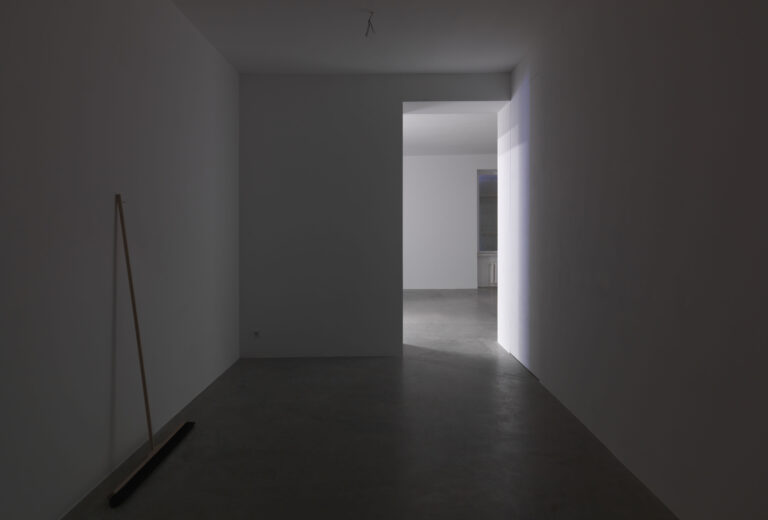
Installation view, Maria Eichhorn: Zimmerstraße 88/89, 10117 Berlin, Galerie Barbara Weiss, Berlin, 2023. Courtesy of the the artist and Galerie Barbara Weiss, Berlin. Photo: Jens Ziehe
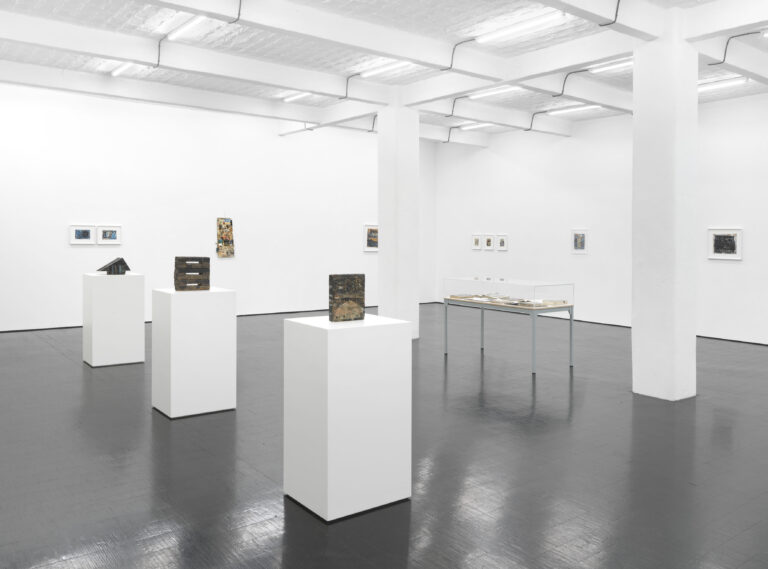
Installation view, Cay Bahnmiller, Galerie Barbara Weiss, Berlin, 2023. Courtesy of the Estate of Cay Bahnmiller and Galerie Barbara Weiss, Berlin. Photo: Jens Ziehe
Weiss’s gallery became a mainstay for conceptual art, and it collaborated with film-maker Harun Farocki and his estate. And there are other, sometimes overlooked, historical positions such as Cay Bahnmiller, a Detroit-born artist who worked with collage and painting. The challenge is to introduce these artists to new audiences. Daniel Herleth, who now co-runs the gallery with Bärbel Trautwein, thinks of a gallery first and foremost as a place of exchange and encounter: “Between artists and a public, between artworks and collectors, between people who share an enthusiasm for art. Sometimes this is all fun and easy, and sometimes it’s dry and difficult.” It entails a lot of administrational work. Galleries usually are the first places where an artist’s work is being catalogued and archived. Herleth: “It is art history in the making.”
While the gallery’s past is entangled with the art history of Berlin, it also feels strikingly contemporary, and has so for a few decades now. From the beginning, the gallery has promoted female artists. The inequalities to which Weiss reacted are far from being resolved, but critique has found a way to the art world mainstream. Looking at the program of Barbara Weiss, these current concerns come to mind.
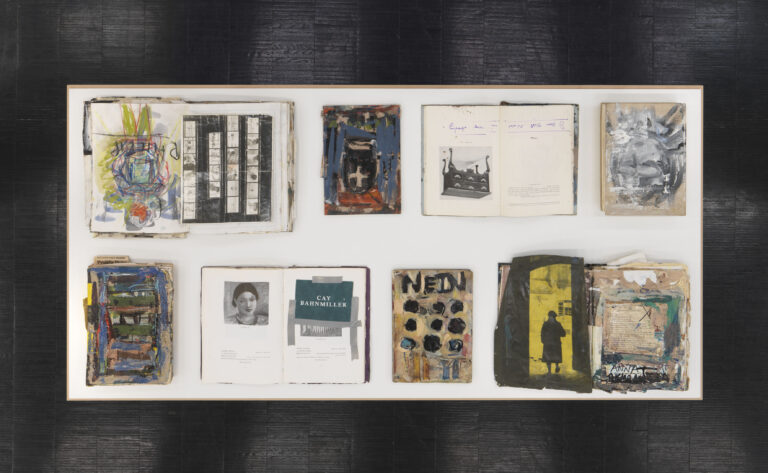
Installation view, Cay Bahnmiller, Galerie Barbara Weiss, Berlin, 2023. Courtesy of the Estate of Cay Bahnmiller and Galerie Barbara Weiss, Berlin. Photo: Jens Ziehe
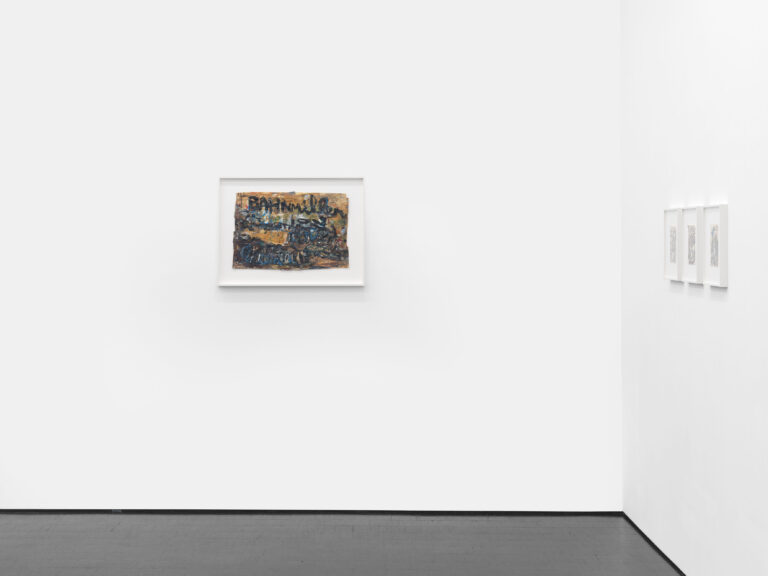
Installation view, Cay Bahnmiller, Galerie Barbara Weiss, Berlin, 2023. Courtesy of the Estate of Cay Bahnmiller and Galerie Barbara Weiss, Berlin. Photo: Jens Ziehe
In order to stay in touch with a younger generation of practitioners, Weiss eventually decided to collaborate with new partners. Bärbel Trautwein and Daniel Herleth launched a project space in 2014, which sparked the interest of the dealer. Herleth, after a degree in fine arts, has already been working for the gallery since 2013, and Trautwein, who previously worked for other galleries, joined a year later. Weiss offered Trautwein and Herleth a partnership. “Bärbel and I moved to Berlin around 2010—after the great party—but of course, the gallery has its beginning in the early 90s and it’s fascinating to learn about this time through the lens of our program and archive,” says Herleth. “For us, Berlin is still a great place for a gallery, many artists we work with live here or visit regularly, there is an active discourse and we have plenty of international visitors.”
Then something unexpected happened. The partnership was cut short when the dealer fell ill, and the task to succeed her fell to Trautwein and Herleth. Succession used to not be an issue with galleries. When the owner passed away, the gallery would close, so intricately linked was business to individual tastes and personal contacts. But a newer generation of dealers, who got their start in the 80s and 90s, think about these issues differently: they consider the gallery more than just a place to sell works, and maybe they established a hub for a community. When Weiss passed away in 2017, the majority of the artists stayed with the gallery, and a large network around the gallery supported the new directors.
“We do now what we did when we started working with Barbara: we are focused on developing the program in a sustainable and meaningful way,” says Trautwein. “Obviously, when you start the way we did, you don’t begin with a blank sheet of paper.” The program links past and present. Trautwein: “We are in the great position to work with artists who have a long history with the gallery. At the same time, we are introducing artists from a younger generation—our own—to the program. For us, it always felt important to reflect both sides.”
